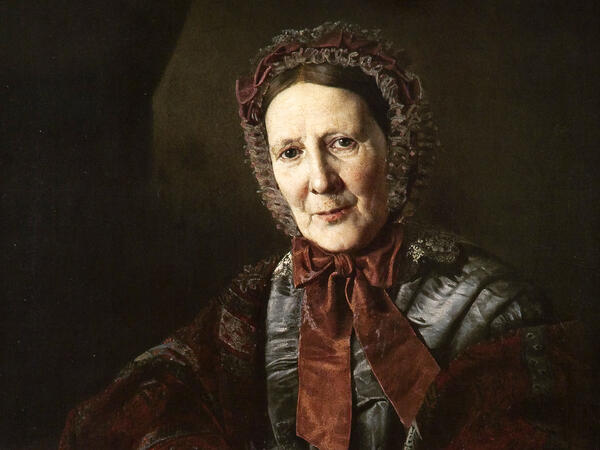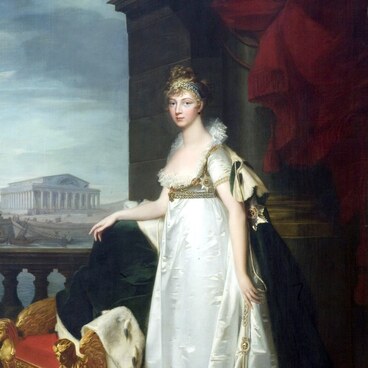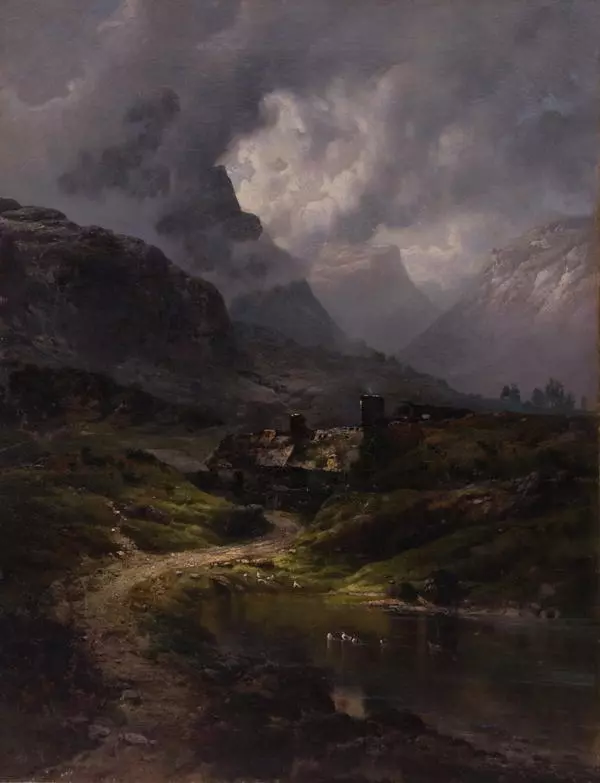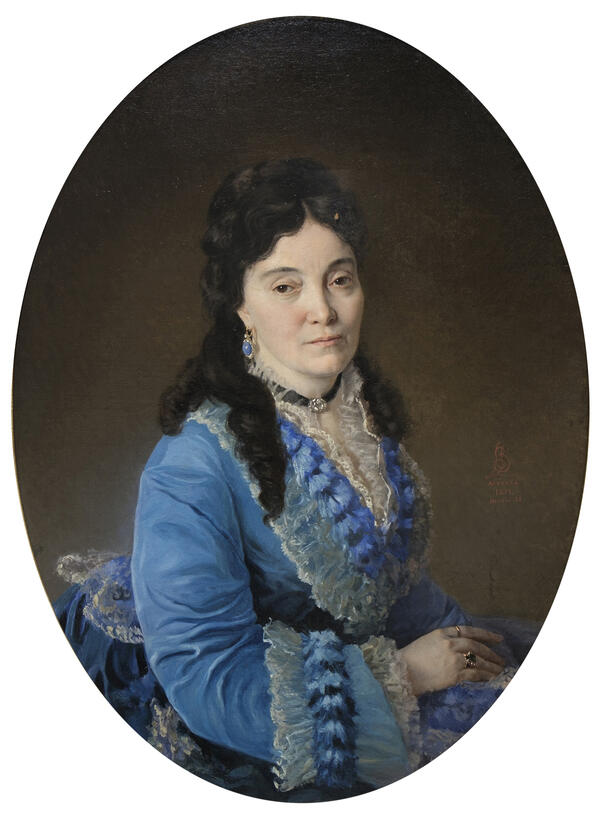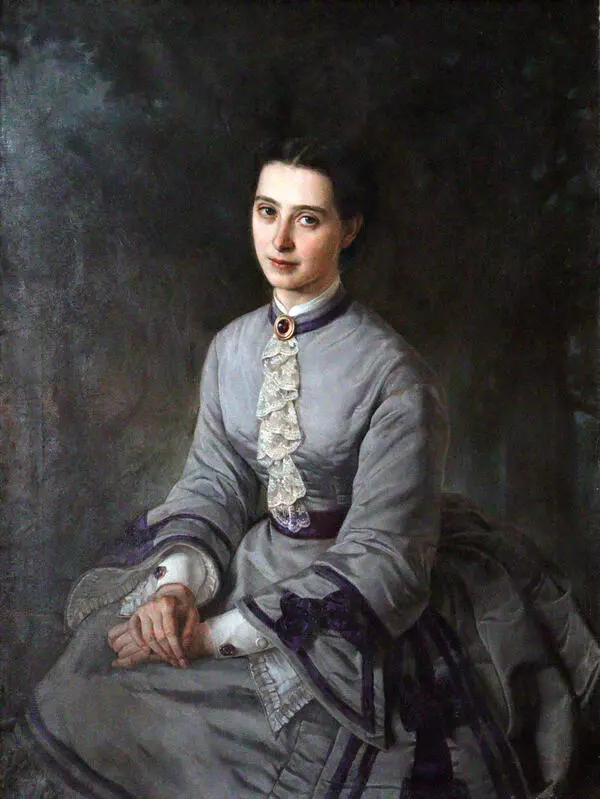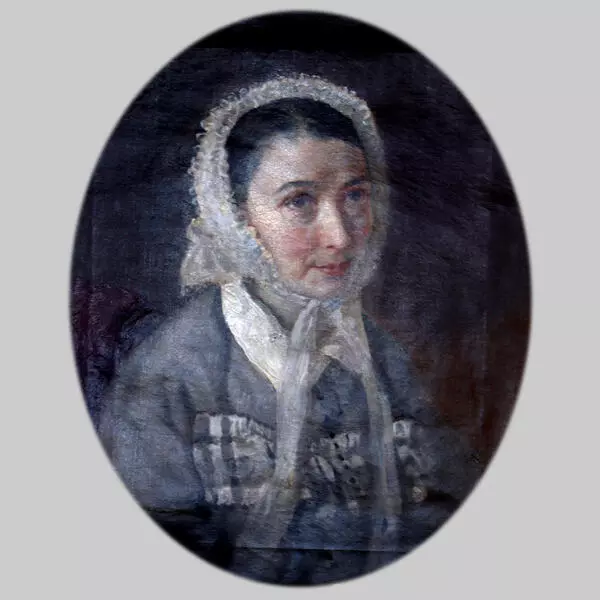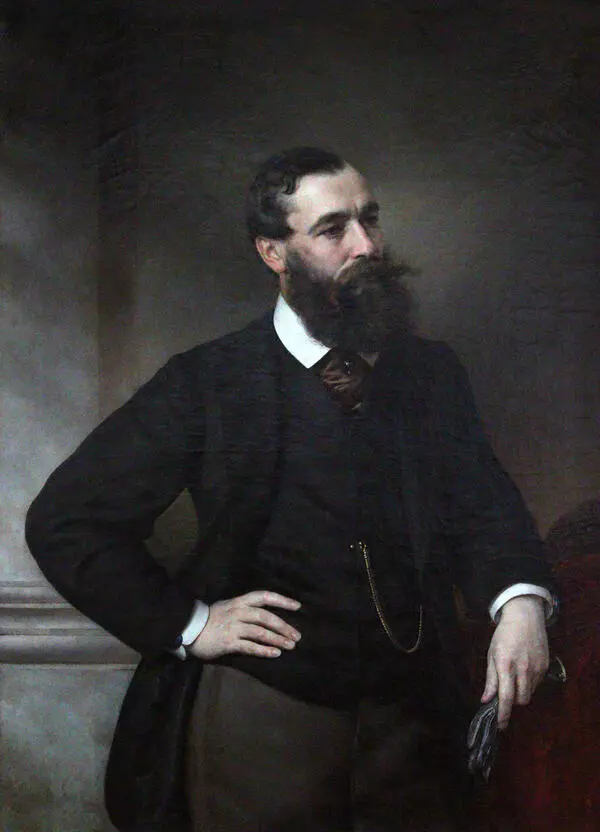Vladimir Sherwood was a Russian artist, architect and sculptor. He was born in 1832 into a poor noble family. Sherwood orphaned at an early age, so he ended up in an orphan school at the Konstantinovsky Surveying Institute, and a few years later he was transferred to an architecture school at the Kremlin Palace Architecture School. It was then that the future artist got acquainted with the basics of architecture and developed drawing skills.
Sherwood continued his studies at the Moscow School of Painting, Sculpture and Architecture. After graduating from the school, he presented his paintings to the Imperial Academy of Arts. For them, he was awarded the title of free artist in the field of landscape painting, and later for his success in portrait painting he got the title of academician.
At first, Sherwood painted ornaments, made architectural drawings, painted landscapes, everyday scenes and portraits. In the early 1860s, at the invitation of Charles Dickens, he went to London to paint a portrait of his family and lived for five years in England then returning to Russia.
Vladimir Sherwood studied Russian ancient architecture. In 1873, he was commissioned to prepare a preliminary design for the building of the Historical Museum. According to the architect’s idea, the building was supposed to be aligned with the Intercession Cathedral and bring a new spirit to the Kremlin ensemble. Adapting the techniques and details of Russian ancient architecture helped Sherwood create a model example of the Russian style.
The collection of the Chelyabinsk State Museum of Fine Arts contains a painting created by Sherwood — a portrait of an elderly woman. A dark gray dress with puffed sleeves and a crinoline corresponds to the fashion of the mid-19th century. The outfit is decorated with a lace collar and cuffs. A shawl with a burgundy pattern draped over the shoulders is consonant with the restrained color of the picture. The woman has a beautiful cap on her head, decorated with lace and ribbons; it is tied under the chin with a bow of satin ribbons. The artist paid the main attention to the face and hands of the character — he realistically conveyed the age of the model. The woman’s name remains unknown, but the correct facial features, hands folded in a graceful gesture, thin wrists and fingers suggest that she is of aristocratic origin.
Sherwood continued his studies at the Moscow School of Painting, Sculpture and Architecture. After graduating from the school, he presented his paintings to the Imperial Academy of Arts. For them, he was awarded the title of free artist in the field of landscape painting, and later for his success in portrait painting he got the title of academician.
At first, Sherwood painted ornaments, made architectural drawings, painted landscapes, everyday scenes and portraits. In the early 1860s, at the invitation of Charles Dickens, he went to London to paint a portrait of his family and lived for five years in England then returning to Russia.
Vladimir Sherwood studied Russian ancient architecture. In 1873, he was commissioned to prepare a preliminary design for the building of the Historical Museum. According to the architect’s idea, the building was supposed to be aligned with the Intercession Cathedral and bring a new spirit to the Kremlin ensemble. Adapting the techniques and details of Russian ancient architecture helped Sherwood create a model example of the Russian style.
The collection of the Chelyabinsk State Museum of Fine Arts contains a painting created by Sherwood — a portrait of an elderly woman. A dark gray dress with puffed sleeves and a crinoline corresponds to the fashion of the mid-19th century. The outfit is decorated with a lace collar and cuffs. A shawl with a burgundy pattern draped over the shoulders is consonant with the restrained color of the picture. The woman has a beautiful cap on her head, decorated with lace and ribbons; it is tied under the chin with a bow of satin ribbons. The artist paid the main attention to the face and hands of the character — he realistically conveyed the age of the model. The woman’s name remains unknown, but the correct facial features, hands folded in a graceful gesture, thin wrists and fingers suggest that she is of aristocratic origin.

